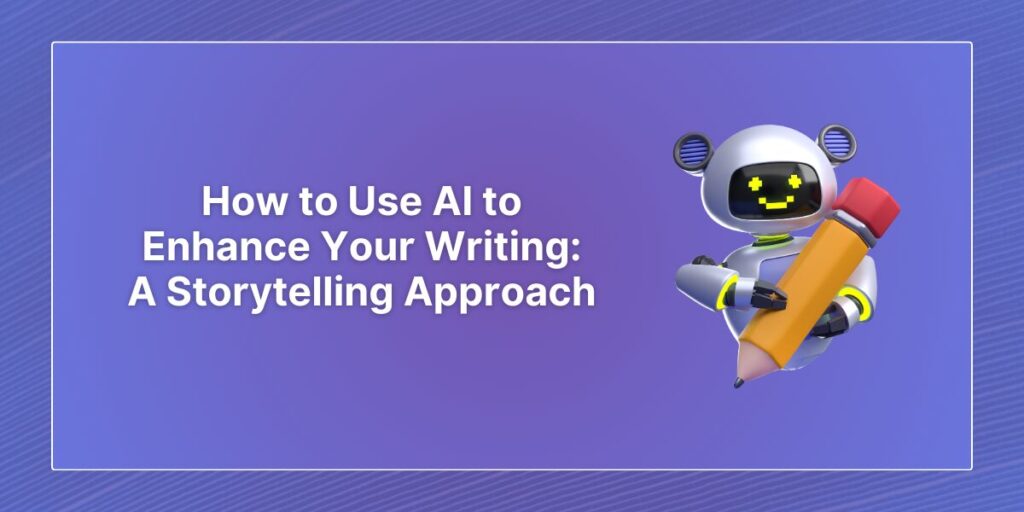Picture this: You’re sitting in your favorite coffee shop, laptop open, ready to dive into your latest writing project. The aroma of freshly brewed coffee fills the air, but your mind is as blank as the page in front of you. This is where AI writing tools come in—not to replace your creativity, but to ignite it.

Discovering the Magic of AI in Writing
AI writing tools are like that friend who always has a fresh perspective. They don’t write for you but offer insights and suggestions that spark your imagination. Here’s how you can make the most of these digital companions:
- Finding Your Muse: When ideas are elusive, AI can help brainstorm topics or even generate prompts. For instance, if you’re writing about sustainable living but don’t know where to start, ask an AI tool to suggest angles or related themes. You might discover an intriguing angle you hadn’t considered.
- Structuring Your Thoughts: Once you have an idea, organizing it into a coherent structure can be daunting. AI tools can help create outlines, breaking down your topic into manageable sections. This way, you have a roadmap guiding you through the writing process.
Crafting Your Narrative
Let’s say you’ve got your outline ready. Now comes the fun part—writing! But what happens when words fail you?
- Overcoming Writer’s Block: Stuck on how to start or finish a paragraph? AI can suggest sentences or even entire paragraphs based on your input. It’s like having a co-writer who offers suggestions but lets you decide what fits best.
- Polishing Your Work: After drafting, it’s time for refinement. Tools like Grammarly and Hemingway Editor act like virtual editors, pointing out grammatical errors and suggesting stylistic improvements. It’s like having an eagle-eyed friend who catches those pesky typos and awkward phrases.
Growing as a Writer with AI
Using AI isn’t just about getting through one piece of writing; it’s about evolving as a writer:
- Learning from Feedback: Pay attention to the patterns in the suggestions AI provides. Over time, you’ll start recognizing common areas for improvement in your writing, helping you grow more confident and skilled.
- Experimenting with Style: Want to try writing in a different tone or style? Ask the AI for examples or feedback. It’s like having access to a library of voices and tones at your fingertips.
The Human Touch: Keeping Your Voice Alive
While AI is an incredible tool, remember that your voice is irreplaceable:
- Infuse Emotion and Empathy: AI can help with structure and grammar but lacks the emotional depth that makes writing relatable. Add personal anecdotes and insights that reflect your unique perspective.
- Maintain Authenticity: Use AI as a guide rather than a crutch. Ensure that your work remains original by weaving your unique perspective into everything you write.
Balancing Technology with Creativity
The key to using AI effectively lies in balancing its capabilities with your creativity:
- Delegate Routine Tasks: Let AI handle repetitive tasks like grammar checks or data analysis so you can focus on crafting compelling narratives.
- Collaborate with AI: Treat AI as a creative partner that assists and optimizes rather than replaces your unique voice.
Incorporating AI into your writing routine is like adding a new instrument to your creative orchestra. It doesn’t play the symphony for you but enriches the melody you’re already creating. So next time you’re stuck staring at that blinking cursor, remember that with a little help from AI, inspiration is just around the corner.
By embracing both technology and human creativity, you can craft content that resonates deeply with readers while enjoying the efficiency and innovation that AI provides.


